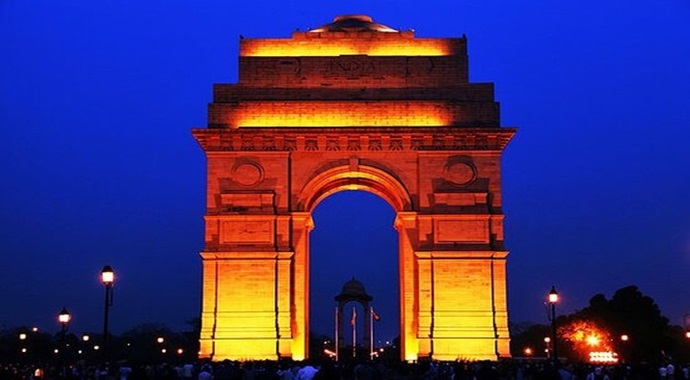When is India’s Republic Day?
Indian Republic Day falls on January 26 every year.
What is India’s Republic Day?
Republic Day is one of three Indian national holidays and it commemorates the enactment of the constitution of India, which occurred on January 26, 1950. India had achieved independence from Britain on August 15, 1947 (which is celebrated as a separate national holiday), but for its first three years the country remained governed largely by the colonial Government of India Act of 1935.
Shortly after independence was declared, a constituent assembly elected by provincial assemblies went about drafting a constitution that would govern the newly independent nation. After more than two years, the constitution of India was completed and solidified the establishment of India’s independent democratic government. January 26 was chosen as the official enactment date as a nod to the Purna Swaraj (complete self-rule) declaration of independence by the Indian National Congress in 1930 — considered the first concrete step toward independence from Britain.
With the 1950 constitution, the country was officially known as the Republic of India — a “sovereign socialist secular democratic republic” that “secures all its citizens justice, liberty, equality, and fraternity,” according to its preamble.
How is India’s Republic Day Celebrated?
The main event for the holiday is a massive parade held in the capital of New Delhi, which includes cultural, historical, and military displays. The parade is preceded by the prime minister laying a wreath at the Amar Jawan Jyoti — an arched war memorial — and taking a moment of silence to commemorate fallen soldiers.
Smaller parades, cultural programs, and public celebrations, and private parties take place throughout the country, as most businesses, schools, and government offices are closed. The festivities officially come to a close on January 29 with the Beating Retreat Ceremony in New Delhi, where bands from the Indian Army, Navy, and Air Force perform.
Here are some dos and don’ts to keep in mind before unfurling the national flag.
- The flag must be rectangular, with a length-to-width ratio of 3:2.
- The proper protocol should be followed when hoisting and lowering the flag, including saluting it during the process.
- The National Flag on display should occupy the position of honour and should be distinctly placed.
- The Tricolour should not be dipped in salute to anyone or anything.
- The National Flag should never be displayed inverted; hence the saffron band should never be at the bottom.
- The flag cannot be positioned higher than any bunting or other flag. Additionally, nothing may be positioned on or above the flag, including flowers, garlands, or symbols. The Tricolour is not suitable for bunting, rosettes, or festoons.
- The Tricolour cannot be used for clothing, draperies, or collective benefits.
- The flag cannot purposefully come into contact with the floor, ground, or water trail. Vehicles, trains, boats, and aeroplanes cannot have it draped over their hoods, tops, sides, or backs.
- There should be no inscription on the flag.
- It is forbidden to fly a National Flag that is tattered or torn.
- Neither draping the National Flag over a speaker’s stage nor covering their desk is permitted.
How should the National Flag be disposed of?
According to the National Flag Code of India 2002, the National Flag must be disposed of properly. The damaged or weathered flag shall be destroyed as a whole privately. It can be done by burning or burying the Tricolour that respects its dignity.



